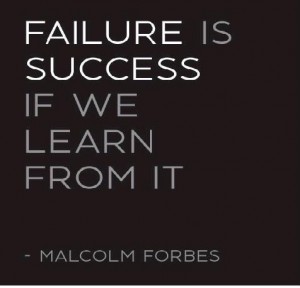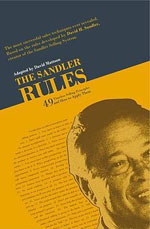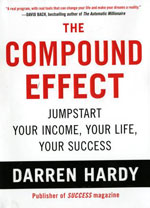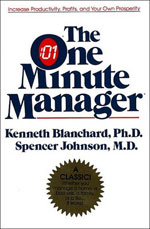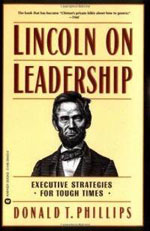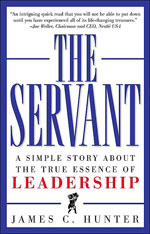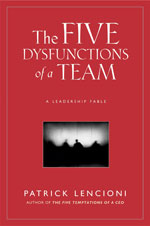Last week we discussed self limiting beliefs. To re-cap, self limiting beliefs are those beliefs based on fears and doubts which hold us back from accomplishing things we want or need to. These negative thoughts center on things like a lack of ability or self doubt, and we end up giving power to these thoughts by allowing them to turn into beliefs. The more we repeat these beliefs in our heads, the more powerful they become.
based on fears and doubts which hold us back from accomplishing things we want or need to. These negative thoughts center on things like a lack of ability or self doubt, and we end up giving power to these thoughts by allowing them to turn into beliefs. The more we repeat these beliefs in our heads, the more powerful they become.
There are the various negative impacts and effects self limiting beliefs can have. For example, they can: 1) lead to procrastination and laziness; 2) destroy and dampen hopes and aspirations; 3) bring down morale; 4) lead to losing complete focus on goals, dreams and aspiration; 5) cause deviation from an intended successful path/goal; etc. The negative impacts are limitless.
One way to remove negative self limiting beliefs is to change them consciously until the changes become subconscious. If I say, “Don’t think about pink elephants,” what happens? You think about pink elephants; even if it’s brief, you still think of pink elephants. It’s important to realize that energy follows consciousness; what we focus on determines our reality. Think about what you want out of life, your career, etc. Something interesting about those self limiting beliefs that might be holding you back from those things you just thought of: they are just thoughts inside your head! If you are able to think negatively about something, you can most certainly and instantly change your thought process to think positively about that very same thing.
In a recent book I read by Brian Tracy called “Kiss that Frog,” Tracy presents one way to rid ourselves of self limiting beliefs by utilizing positive affirmations. He details this technique with the 3 “Ps” of positive affirmations; always phrase your affirmations as Personal, with Presence, and in the Positive tense. In the Personal sense you start each metal command with “I”. Next, since your subconscious mind can only accept commands in the present tense, for the Present sense you reframe each affirmation in a current real event with your desired results achieved. For example, “I am a Presidents’ Club winner with the highest new product sales in the company.” These words are accepted by your subconscious, which results in changing your self-limiting beliefs to positive beliefs about yourself. Finally, the affirmations must be Positive as the subconscious mind cannot process negative commands. For example, you affirm to yourself, “I am a quota buster,” rather than “I will not miss my quota.” This is a very subtle difference syntax, but one that can impact your subconscious mind.
In summary, a positive affirmation is simply a positive statement specifically targeted to re-programming an existing negative belief. Remember, any thought you repeat often enough will in time become programmed in your subconscious mind and turn into a belief. If a new, positive statement is repeated enough times, in time it will be strong enough to over-ride the existing negative one.



